Latest from Buyers Guides
 '1972â73 1-1024x675.jpg)
Top Tips for Buying a Used Ford Falcon/Fairmont XA-XC (1972-79)
Ford Falcon XA-XC values have improved significantly, but these cars still don’t match the popularity of earlier XW-XY versions. Basic cars still don't generate enough money to justify high-value restorations and can often be stripped for any usable parts.
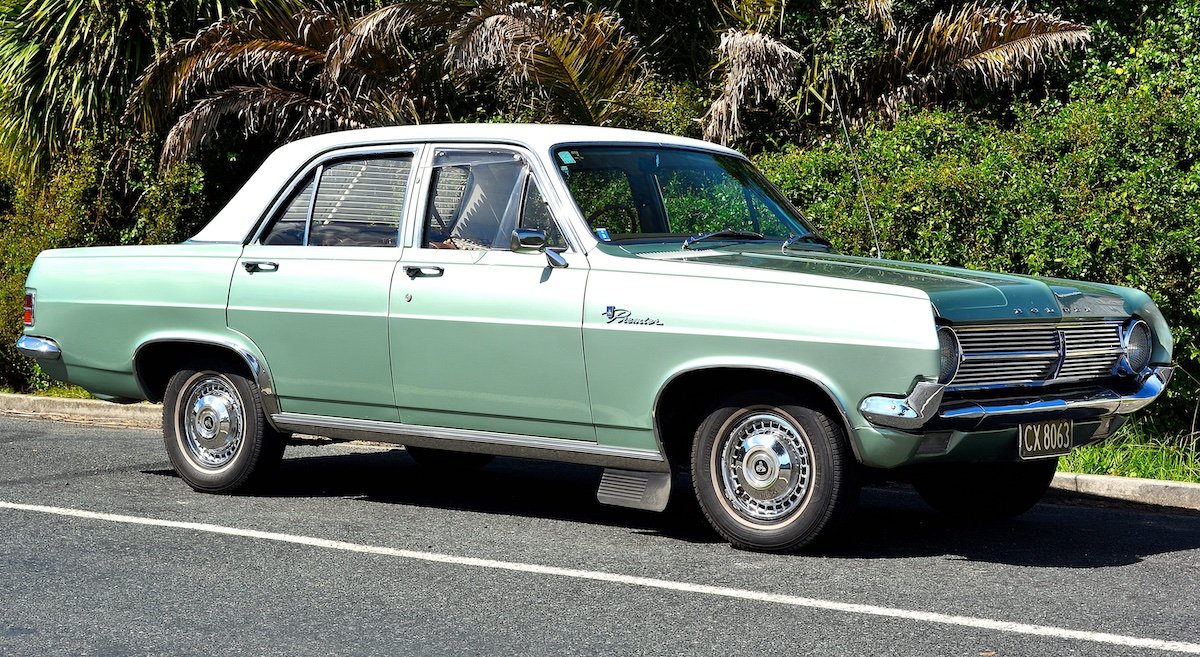
Top Tips for Buying a Used Holden HD-HR (1965-68)
Prices for Special and Standard versions of the HD and HR begin below $20,000, with utes costing around the same as sedans, but panel vans are scarce and 30 percent more expensive than passenger versions.
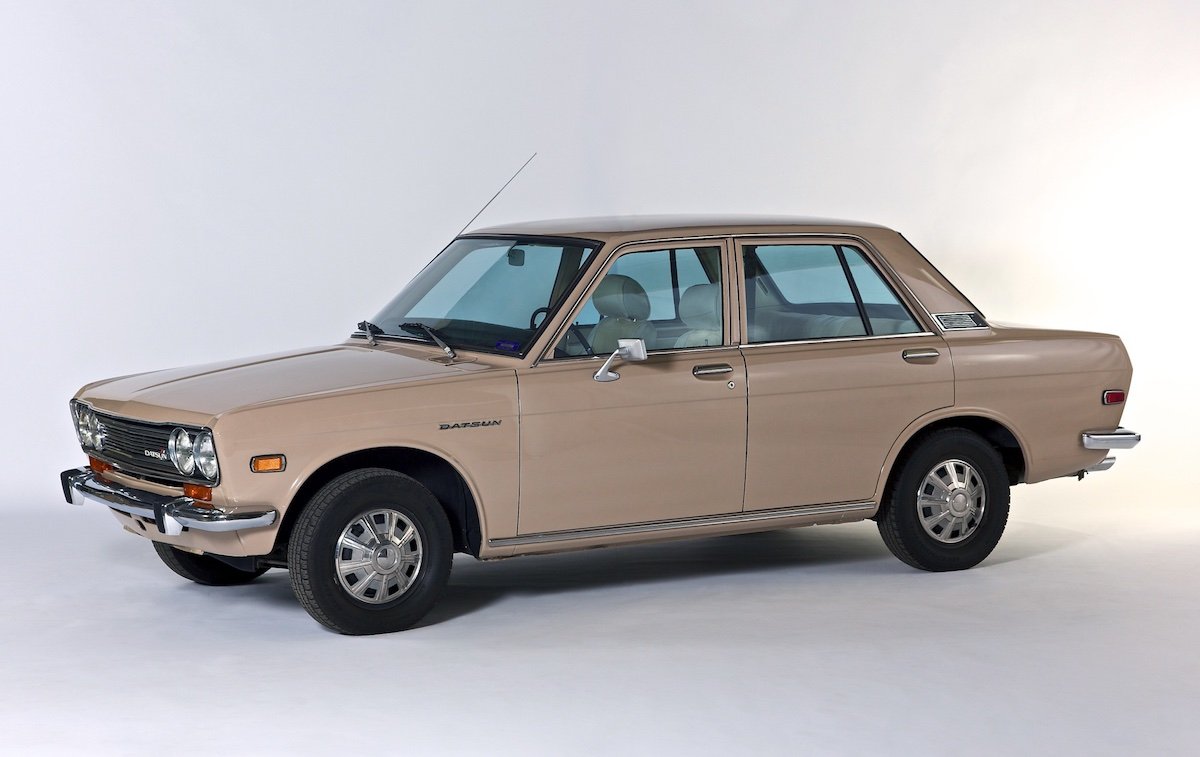
Top Tips for Buying a Used Datsun 1600 (1968-72)
When it arrived in the late ’60s, the Datsun 1600 boasted strong levels of standard equipment, a grunty four-pot engine, front disc brakes and independent rear suspension, positioning it closer to a BMW on paper than any of its Japanese contemporaries.
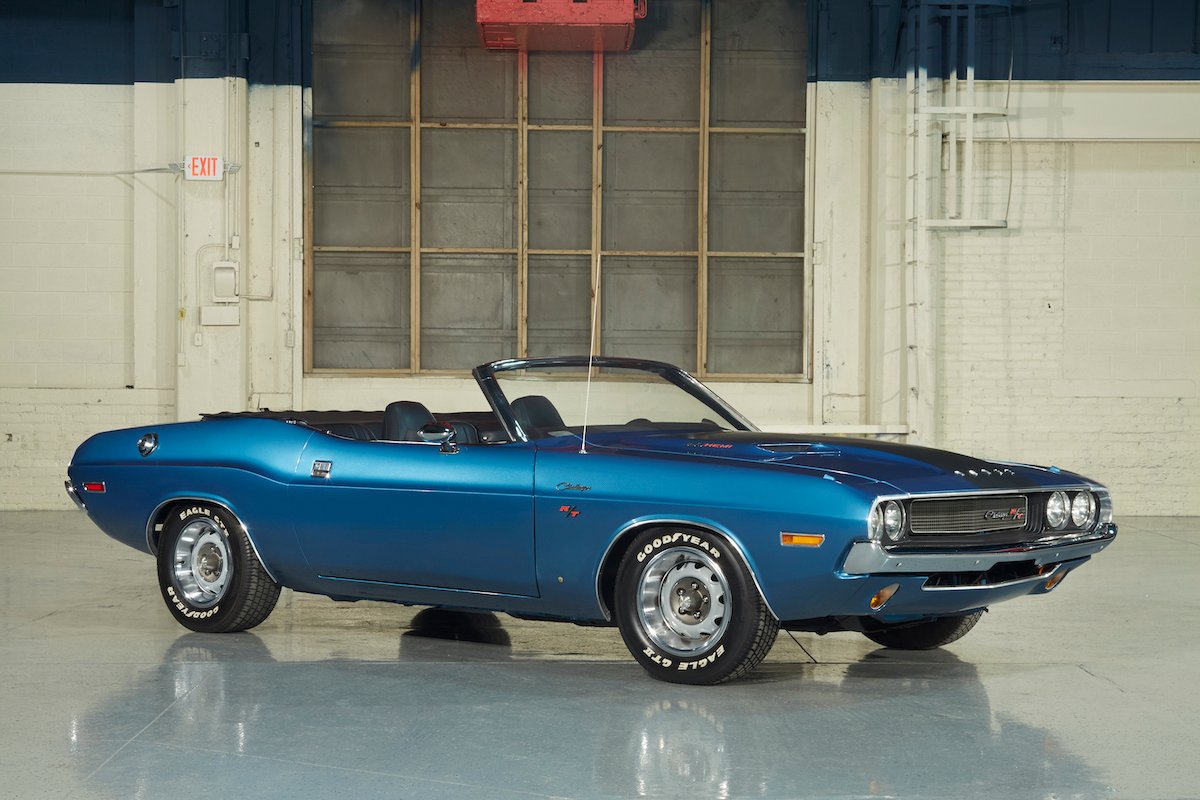
Top Tips for Buying a Used Dodge Challenger (1970-73)
When Chrysler in the US belatedly got around to building a proper Pony Car, it came in two sizes, with different length wheelbases and some of the most powerful production engines ever made. Collectively, they were the Dodge Challenger and Plymouth Barracuda, a feisty duo which offered too little and arrived too late to take full advantage of the relatively short-lived Muscle Car era.
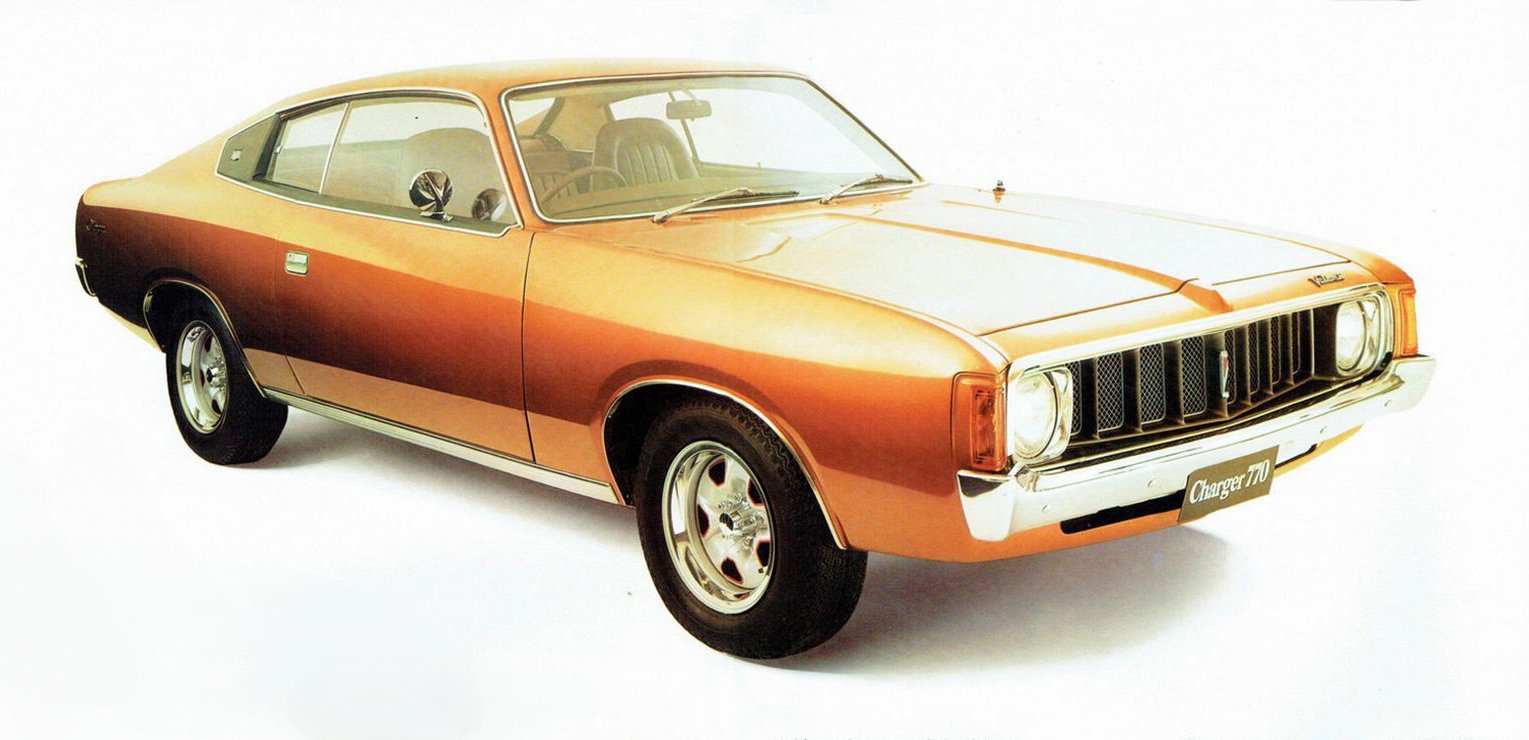
Top Tips for Buying a Used Chrysler Charger 770 (1971-78)
A hugely successful marketing campaign made the Charger a must-have in the early '70s, but by the end of the decade, an unquenchable thirst for fuel spelled its demise.
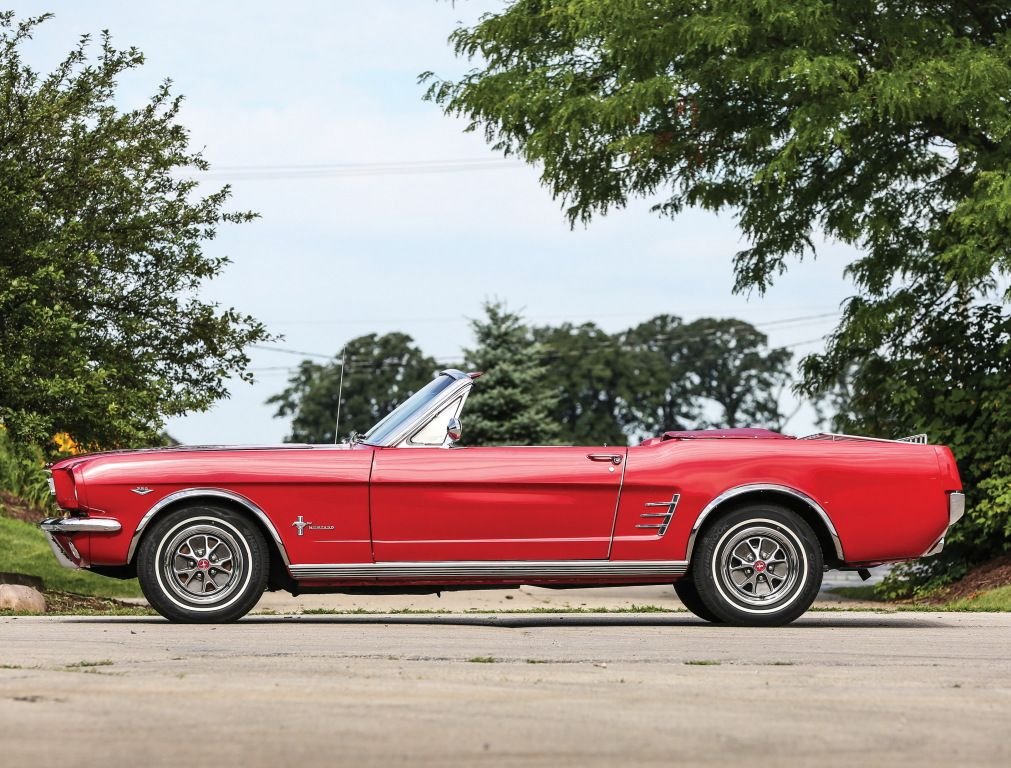
Top Tips for Buying a Used Ford Mustang (1964-66)
Launched at the 1964 World’s Fair, Ford's ground-breaking Mustang was never really intended to be a performance car. It began life as a low cost, stylish 'secretary's car' with six cylinders and a bland persona. But there was a V8 option. The short lived F-Code 260 V8 for the 1964 model year with the C-Code 289 arriving for the 1965 models.
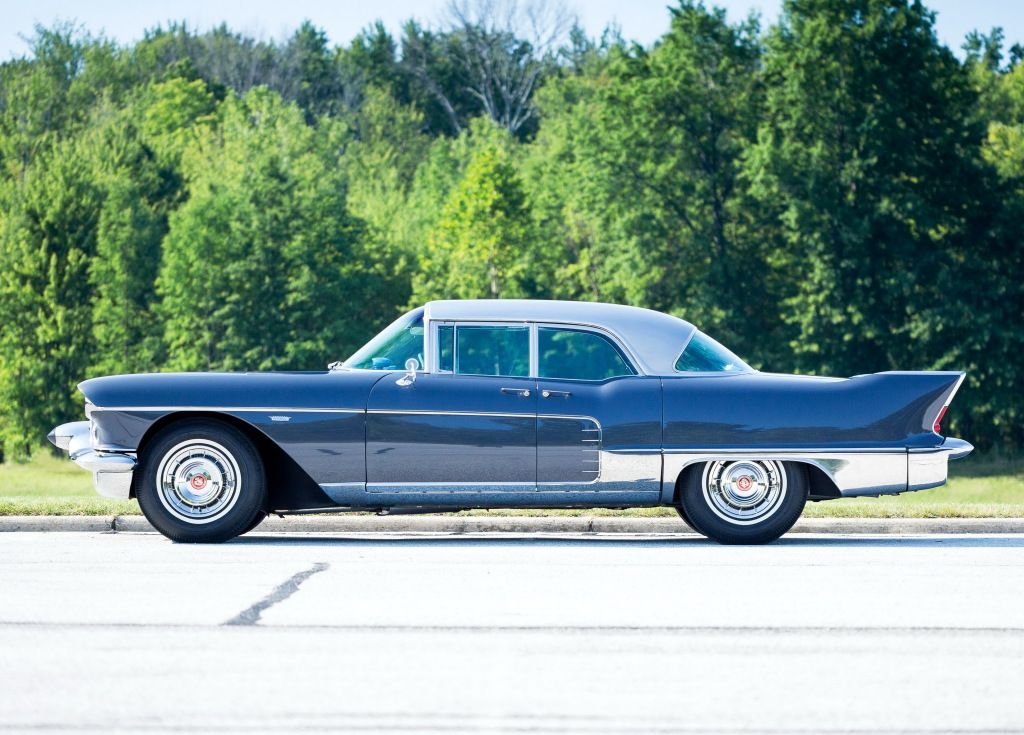
Top Tips for Buying a Used Cadillac (1948-58)
Given that the United States in 1929 went close to sending the whole world bankrupt, it was seriously unfair that 20 years later it was rolling in loot and producing cars that hardly anyone else could afford.
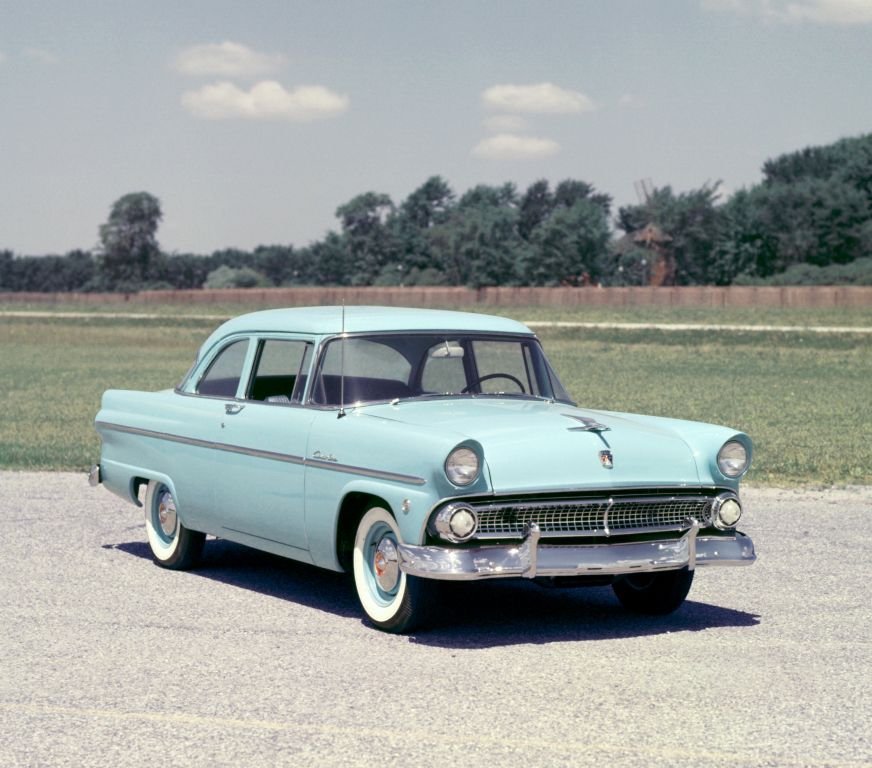
Top Tips for Buying a Used Ford Customline (1955-59)
Ford’s Customline was seen during the 1950s as symbolising success and authority. These cars were the preferred conveyance of established businessman, state and federal politicians, and were also by the wallopers to reel in speeding Holdens.
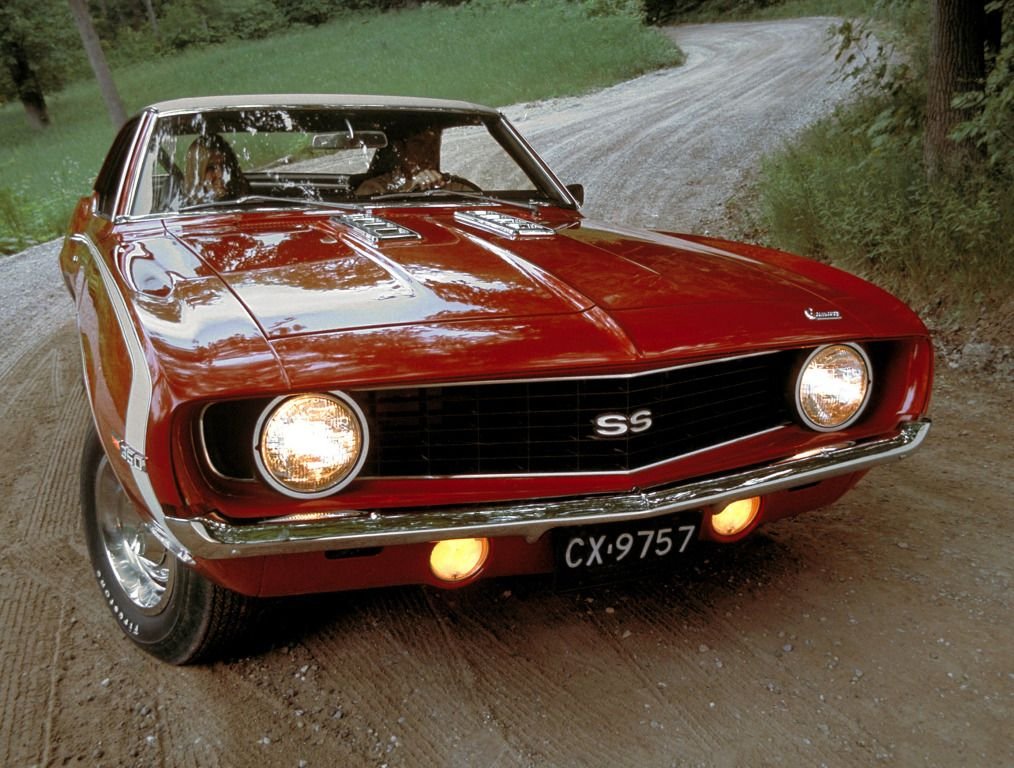
Top Tips for Buying a Used Chevrolet Camaro (1967-70)
February 1964 arrived just like any other month; except this time the entire US motor industry was forced to watch in silence as Ford’s Mustang dismantled their economic expectations.
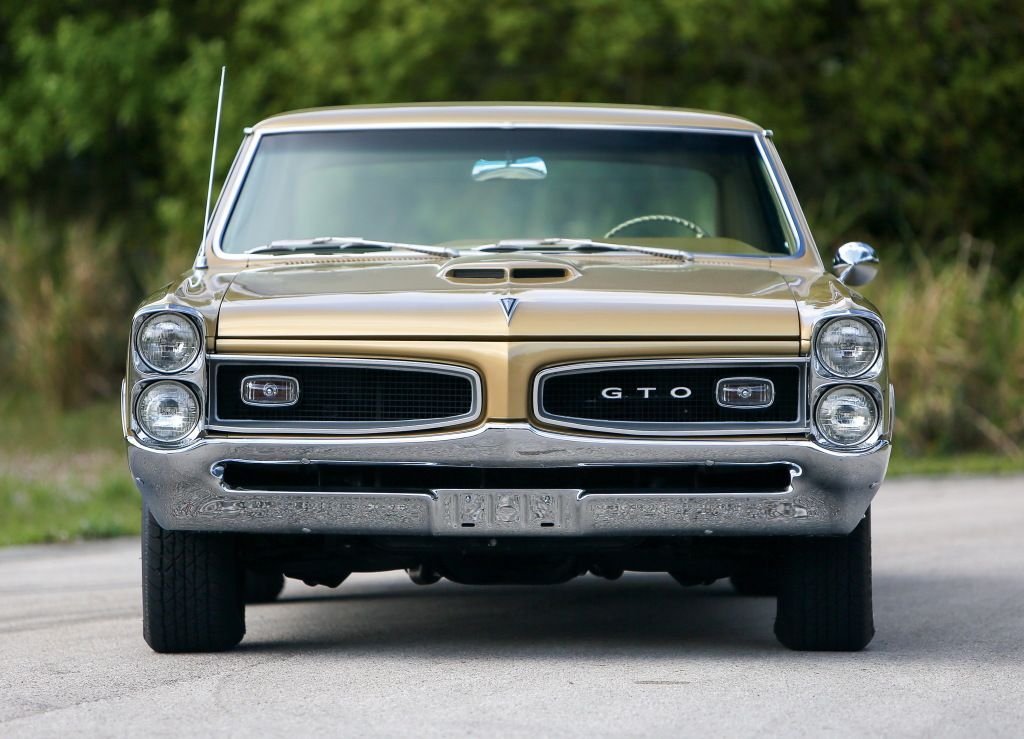
Top Tips for Buying a Used Pontiac GTO (1966-67)
The Pontiac GTO is was an accidental hero in every sense. Devised initially as an advertising gimmick to improve sales of Pontiac’s unloved Le Mans model, the ‘GTO Option’ appeared as part of the 1964 Pontiac range.
